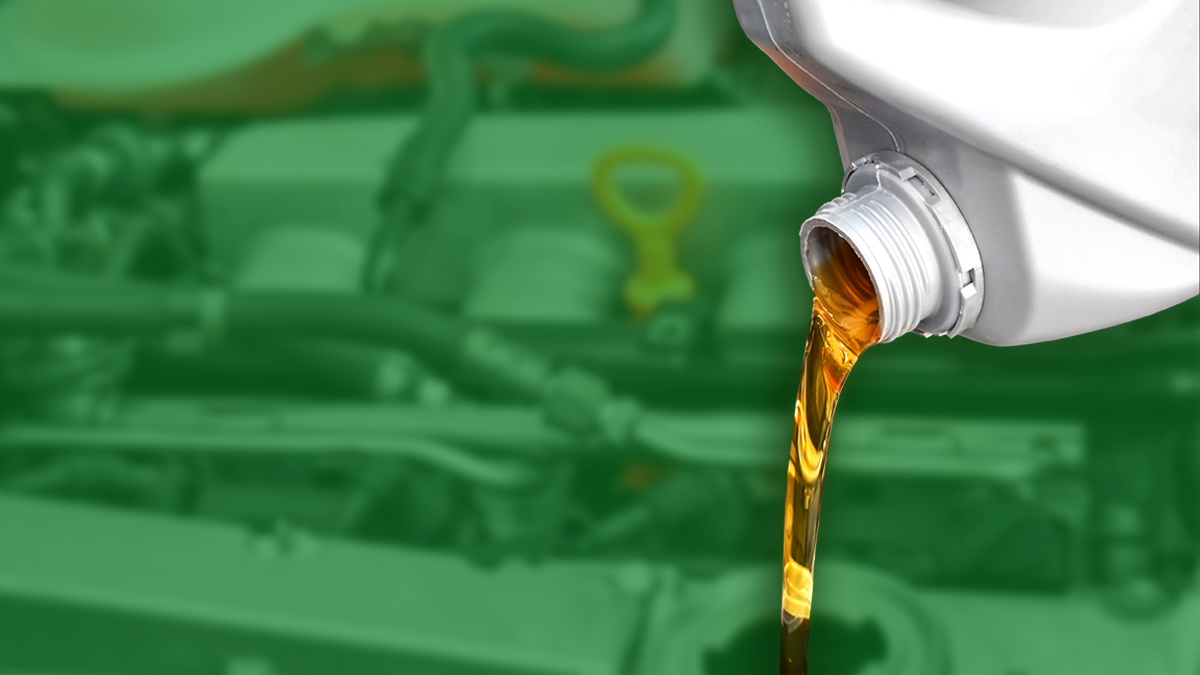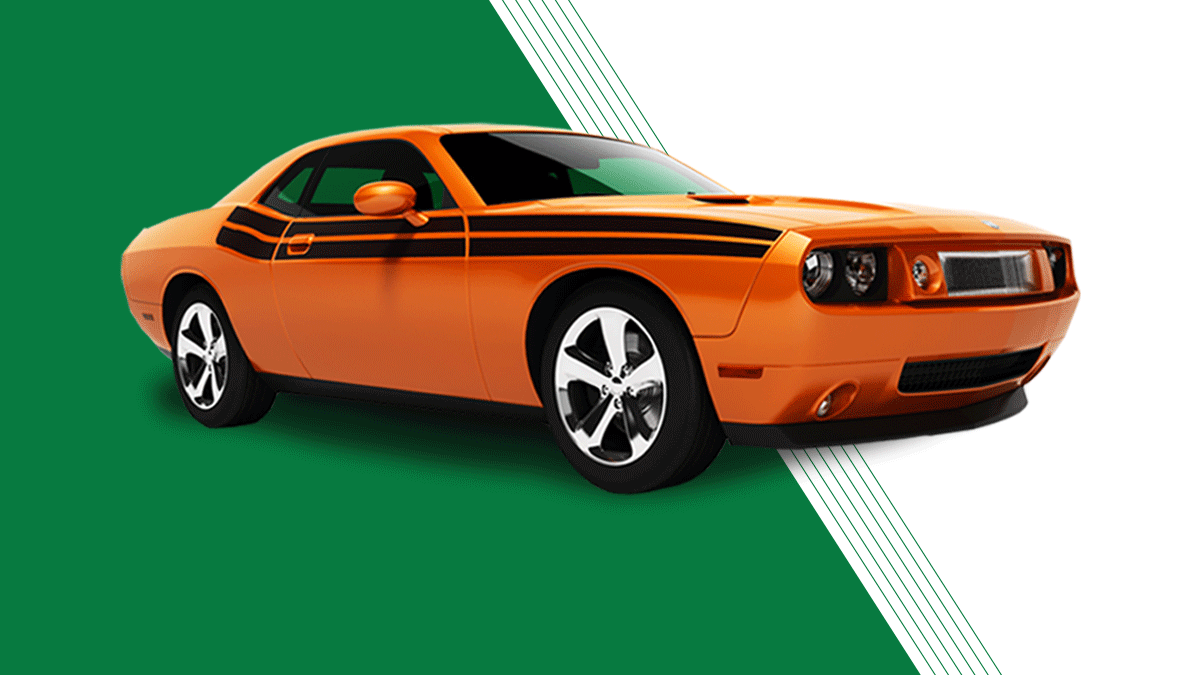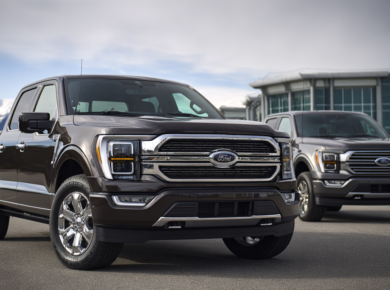From a historical perspective, car body styles impress with a variety that could easily fill volumes. However, not all types of automobile body types have stood the test of time. Today, only a handful of automotive body types dominate the modern auto market. These car body types primarily differ based on body configuration, intended use, and market position. While some characteristics may overlap, each body style of car has its own distinctive features shaped by its original purpose.
Sedan
Sedans – also referred to as the saloon body style – are among the most well-known vehicle body style options across the globe. A sedan typically features a three-box design, dividing the car into separate compartments for the engine, passengers, and cargo. Available in sizes from subcompact (Nissan Versa, Kia Rio) to full-size (Toyota Avalon, Dodge Charger), the sedan remains a cornerstone in the market.
The sedan body style encompasses several variations, such as luxury sedans (BMW 7 Series, Lincoln Continental), sports sedans (Mazda 6 MPS, BMW M5), and even liftback or hatchback sedans (Audi A5 Sportback, Tesla Model S). This diversity makes the sedan one of the most versatile types of car body styles.
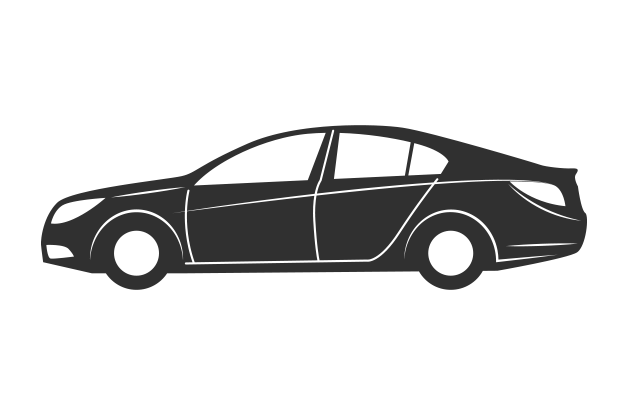
Coupe
Traditionally, a coupe is a two-door car with a fixed roof and a sporty design. Originating from the horse-drawn carriages of the 19th century, the coupe evolved into a sleek automobile known for performance and style. While older coupes emphasized shorter rooflines and compact frames, modern designs have expanded to include four-door coupe-inspired vehicles like the BMW X6 and Mercedes-Benz GLE. Whether it’s a Ford Mustang or a Porsche Boxster, the coupe remains a symbol of dynamic automotive design.
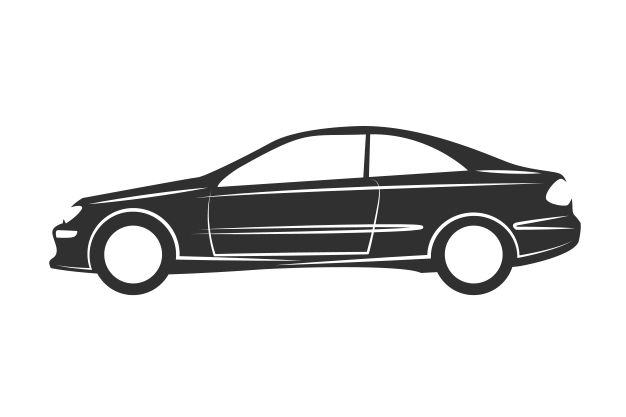
Sports Car
Among the most thrilling types of automobile body, sports cars are engineered for performance. Low to the ground, aerodynamic, and often expensive, these cars emphasize acceleration, handling, and top speed. While there’s no strict definition, vehicles like the Mazda Miata, Porsche 911, and Ferrari 488 Pista embody the essence of sports car design. This automotive body type appeals to those who prioritize the excitement of driving over practicality.

Station Wagon
The station wagon is a practical variation of the sedan that features an extended roofline and increased cargo capacity. This car body style allows for flexible use of interior space with foldable rear seats, making it ideal for families or outdoor enthusiasts. Popular examples include the Volvo V60, Audi RS6 Avant, and Subaru Outback. Once developed for transporting luggage and people to and from train stations, the station wagon remains one of the most useful auto body types for utility and comfort.
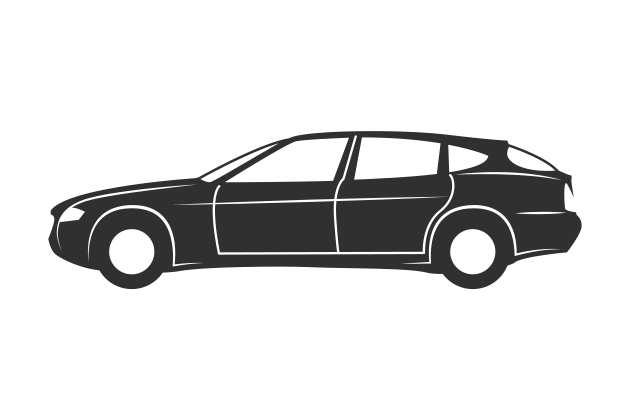
Hatchback
The hatchback is defined by its upward-swinging rear door, which offers access to a unified passenger and cargo space. Most hatchbacks follow a two-box design, where the rear seats can be folded to expand the cargo area. This body style of car has gained worldwide popularity across all size categories – from superminis to executive vehicles. Models like the Volkswagen Golf, BMW 1 Series, and Honda Civic highlight the versatility of hatchbacks among different styles of cars.
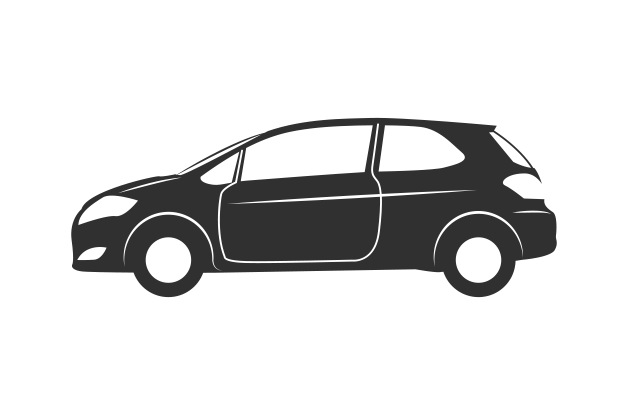
Convertible
A convertible is easily one of the most recognizable car body styles, appreciated for its open-air driving experience. These vehicles feature a retractable or removable roof, which can be either fabric or hardtop. Convertibles range from compact sports cars like the Mazda MX-5 to luxury models like the Mercedes-Benz S-Class convertible. Whether manually operated or motorized, this vehicle body style offers a unique blend of leisure and performance.

Sport-utility vehicles (SUV)
A sport utility vehicle, or SUV, blends the comfort of road-going cars with the rugged capabilities of off-road vehicles. Most SUVs feature raised ground clearance, large wheel arches, and the option for all-wheel or four-wheel drive. Ranging from subcompact models like the Hyundai Kona to full-size giants like the Chevrolet Tahoe, SUVs have become one of the most popular car body types today. Crossovers — SUV-style vehicles built on a car platform — are a newer addition to this segment, offering improved fuel efficiency and comfort over traditional truck-based SUVs.

Pickup truck
Pickup trucks are light-duty vehicles with an enclosed cab and open cargo bed. Originally developed for agriculture and work-related tasks, pickups like the Toyota Tacoma and Ford Ranger are now common personal vehicles in North America. Available in mid-size and full-size variants, pickups are prized for their utility, durability, and all-terrain capability. While they remain one of the most practical auto body types, high fuel consumption is often a drawback.

Minivan
Minivans are designed for maximum passenger capacity and comfort. With sliding side doors, higher roofs, and a flat floor, they provide easy access and versatile seating arrangements. Developed from car-based platforms, modern minivans like the Chrysler Pacifica and Toyota Sienna handle more like cars than vans. Ideal for families, this vehicle body style emphasizes space, safety, and convenience above all else.
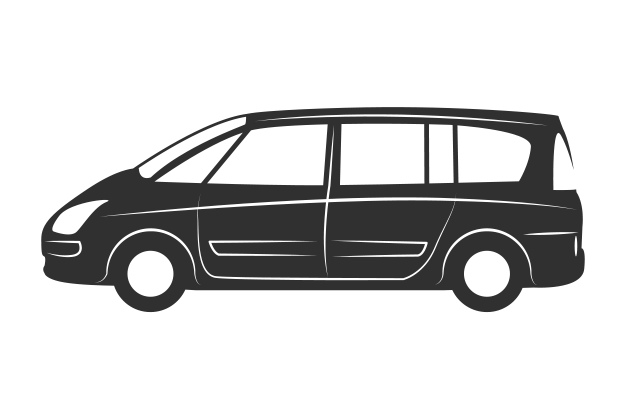
Final Thoughts
Of course, this isn’t a complete list of every car ever made. Unique designs like roadsters, buggies, limousines, and hearses also play a role in the automotive world. Still, we’ve covered the major car body types that dominate today’s market, providing essential information to help you choose the right one for your needs, lifestyle, and budget.
When buying a used sedan, sports car, or crossover, don’t forget to run a vehicle history report through ClearVin. Our platform offers detailed data for every vehicle body style, helping you avoid hidden problems. A quick car VIN number lookup can reveal vehicle report, title issues, and more — ensuring your next car, no matter its body style, is a smart and safe choice.


